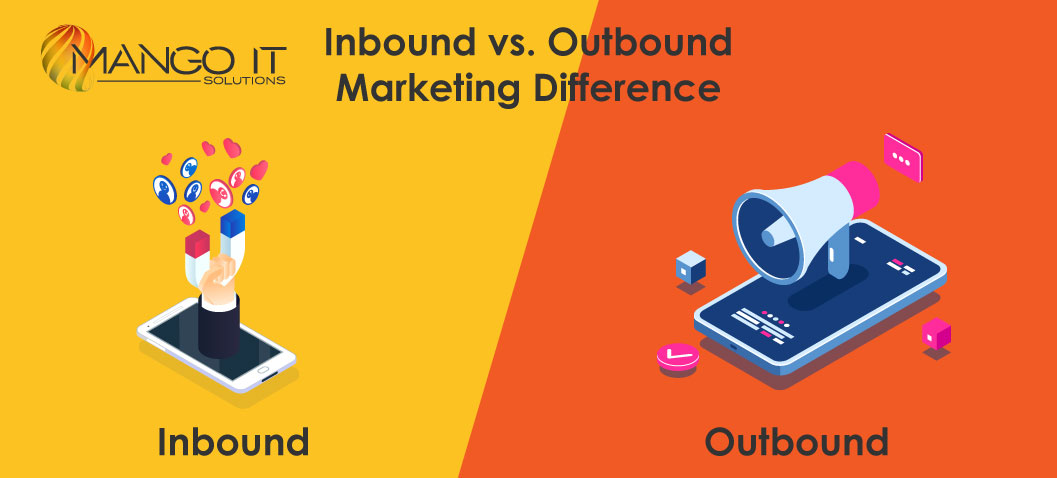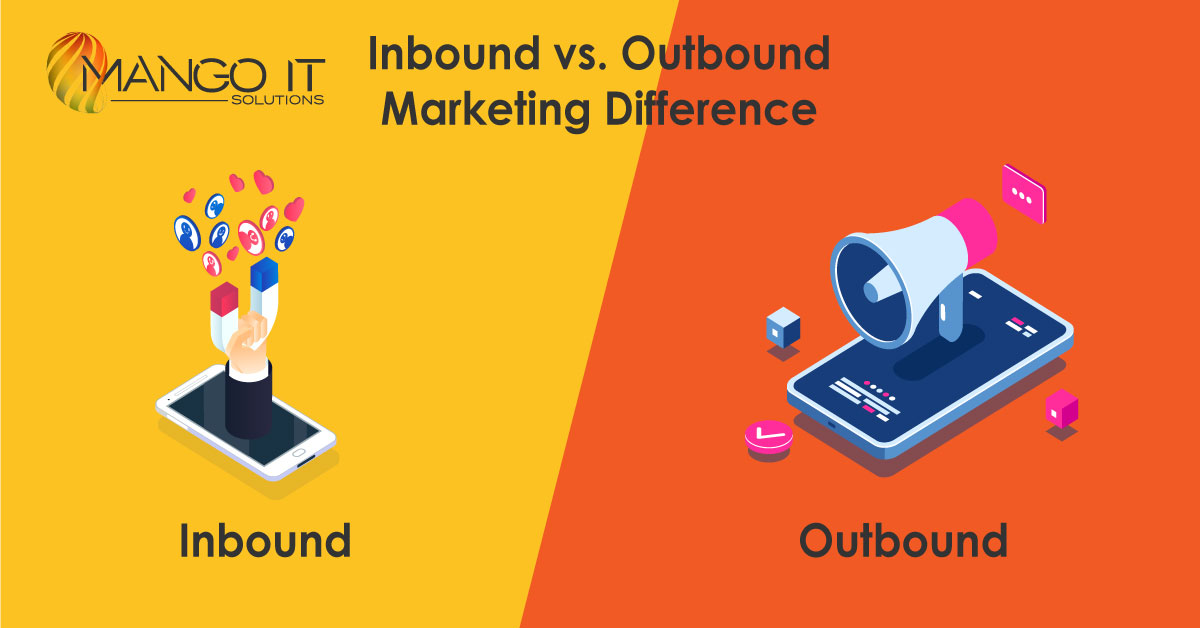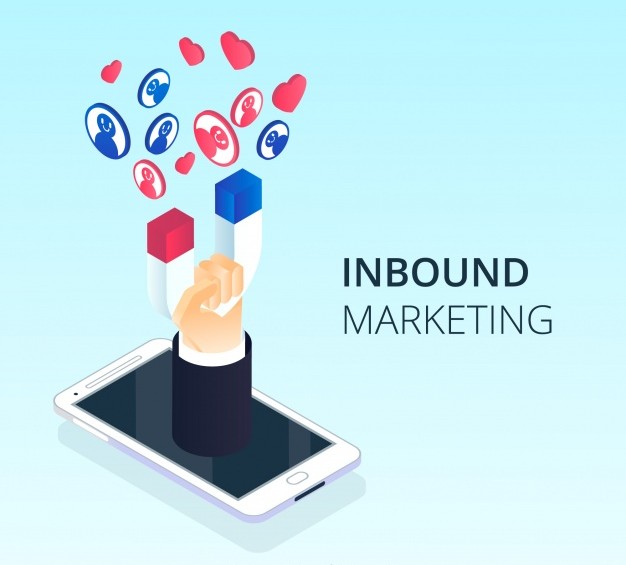
What is Inbound and Outbound Marketing – Difference

Inbound marketing is a term that was coined in 2006 by Brian Halligan and Dharmesh Shah, founders of HubSpot, one of the leading providers of marketing solutions.
The average person is exposed to 6,000-10,000 advertising messages each day – nearly double the numbers from 2007.
Yes, that includes everything from TV ads and outdoor signage to radio spots and digital ads throughout the internet and social media. That’s A LOT of competition for your prospects’ attention. It’s enough to get B2B marketers to ask, “How do I ever reach the people I need to talk to?” and “What could I ever say to get them to buy?”
Today, there are essentially two distinct strategies marketers use to reach the prospects they need: Inbound and Outbound Marketing. Let’s take a look at the essential differences Inbound and Outbound Marketing.
What Is Outbound Marketing?
Outbound marketing is what used to just be known as “marketing.” It’s interruptive and it pushes itself at an audience, whether the audience wants it or not. Outbound marketing includes activities such as trade shows, seminar series, TV and radio ads, telemarketing, banner and display ads, billboards, newspaper and magazine ads, cold calling, pop-ups and pop-unders, and contextual ads are all examples of outbound marketing. This marketing technique is costly and the ROI is much lower than inbound marketing.

Outbound marketing has fallen out of favor in the last 10 years. Oversaturation — especially on the internet — caused people to start ignoring display advertising.
Since the advent of the ad blocker, it’s only gotten worse. Clickthrough rates for display ads are now at a dismal 0.05%, and according to Hubspot’s State of Inbound 2017, marketers consider paid advertising like print, outdoor, and broadcast to be the most overrated marketing tactic.
Outbound marketing included trade shows, seminar series, email blasts to purchased lists, internal cold calling, outsourced telemarketing, and advertising. I call these methods “outbound marketing” because marketers push his or her message out far and wide hoping that it resonates with that needle in the haystack.
Outbound marketing techniques are getting less and less effective over time for two reasons. First, your average human today is inundated with over 2000 outbound marketing interruptions per day and is figuring out more and more creative ways to block them out, including caller ID, spam filtering, Tivo, and Sirius satellite radio. Second, the cost of coordination around learning about something new or shopping for something new using the internet (search engines, blogs, and social media) is now much lower than going to a seminar at the Marriott or flying to a trade show in Las Vegas.
What Is Inbound Marketing?
Inbound marketing is a relatively new marketing concept where marketers attempt to “pull” in potential customers with interesting content. Also called content marketing, inbound marketing involves creating blog posts, social media, infographics, white papers, email newsletters, and other content that people actually want to read. Search engine optimization paid discovery, and paid search help people find marketers’ content. If it’s engaging enough, they interact with it, reading and sharing, and come away with a positive impression of the brand that influences later purchasing decisions.

Inbound marketing is very hands-off and indirect: there’s never a noticeable sales pitch. Inbound marketing nudges customers down the sales funnel by increasing their engagement with the brand. Here’s an illustration of how it works.
The Difference Between Inbound and Outbound Marketing
INBOUND MARKETING
- Pulls interested readers in
- Solves consumers’ needs
- Interactive with readers
- As helpful content is consumed, audience members become leads
- Where you see it: websites, blogs, eBooks, opt-in emails, SERP, social media
OUTBOUND MARKETING
- Pushes messaging at everyone
- Written to sell products
- One-way communication
- Disrupts whatever content is being consumed
- Where you see it: TV ads, billboards, pop-up internet ads, telemarketing, magazines





